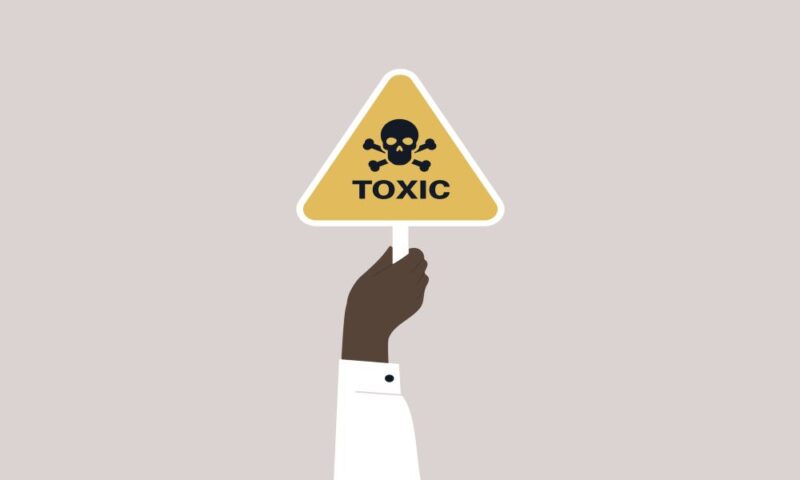
A Leader’s Role in a Toxic Workplace Culture
Newly organized workplaces can still have old-fashioned organizational problems. A leader isn’t responsible for all of them, but that’s where solutions start.
The past few years have unquestionably changed how workplaces function. But workplaces are still made up of people, which means they’re still subject to complicated, even divisive, relationships.
That trouble can be a difficult thing to identify and treat, regardless of the workplace arrangement. Sometimes toxic leaders can be too easily forgiven as “hard-charging.” Sometimes toxicity breeds because leaders are too hands-off, sometimes because they’re too self-centered. And that’s an issue regardless of whether you’re working in person, remotely, or both.
Some new research on toxic workplace culture assigns a lot of responsibility for the problem to the top leader. But, the researchers found, the problem doesn’t always start there.
In “How to Fix a Toxic Culture,” published last month in MIT Sloan Management Review, workplace-culture researchers Donald and Charles Sull analyzed past research to pinpoint five attributes of a toxic environment: disrespectful, noninclusive, unethical, cutthroat, and abusive. From there, they identified three factors of toxicity: leadership, social norms, and work design.
That first factor shouldn’t come as a surprise. As they write, “leaders cannot improve corporate culture unless they are willing to hold themselves and their colleagues accountable for toxic behavior.” But the other factors matter a great deal too, and speak to how much they can be a problem throughout an organization, not just in the C-suite.
Autonomy leaves more scope to create a toxic subculture.
For instance, the Sulls point out that middle managers and department heads have an outsize amount of responsibility for workplace misconduct—and that’s especially true when those middle managers are working remotely. “Empowering managers has many advantages,” they write, “but autonomy also leaves more scope to create a toxic subculture.”
That doesn’t mean the solution is more micromanagement from the top. But it does mean, they write, that leaders have a responsibility to establish norms about how work gets done and what respectful communication looks like. That squelches dysfunction before it has a chance to emerge.
But as much as toxicity can happen at the top and the middle, it can also rise from the bottom, which is what the Sulls mean when they talk about “work design.” Employee burnout correlates to job fit—whether the workload is appropriate to the position, or whether the employee is up to the tasks required. Sometimes that might mean you have the wrong person installed in a particular job. But it can also mean that the job is structured insensibly, or vaguely, which makes for a toxic breeding ground. As the Sulls write, “Employees are more likely to find their job stressful and their workplace toxic when their duties are ambiguous, or when their job requires them to balance conflicting demands.” Just as important as managing those employees’ workloads, they write, is managing the amount of autonomy they have on the job. The more in-control they feel, the less likely those toxic behaviors will emerge.
Cleverly, the Sulls have shown how toxicity is a systemic thing—it’s something that can emerge at any level of an organization, and metastasize from there. But just because a leader isn’t necessarily responsible for creating a particular toxic environment, they can’t absolve themselves of responsibility for addressing it and getting ahead of it—creating the structural and cultural environment that works best for everybody. The problem doesn’t always rest with the leader, but the solution does.
(nadia_bormotova/iStock/Getty Images)






Comments